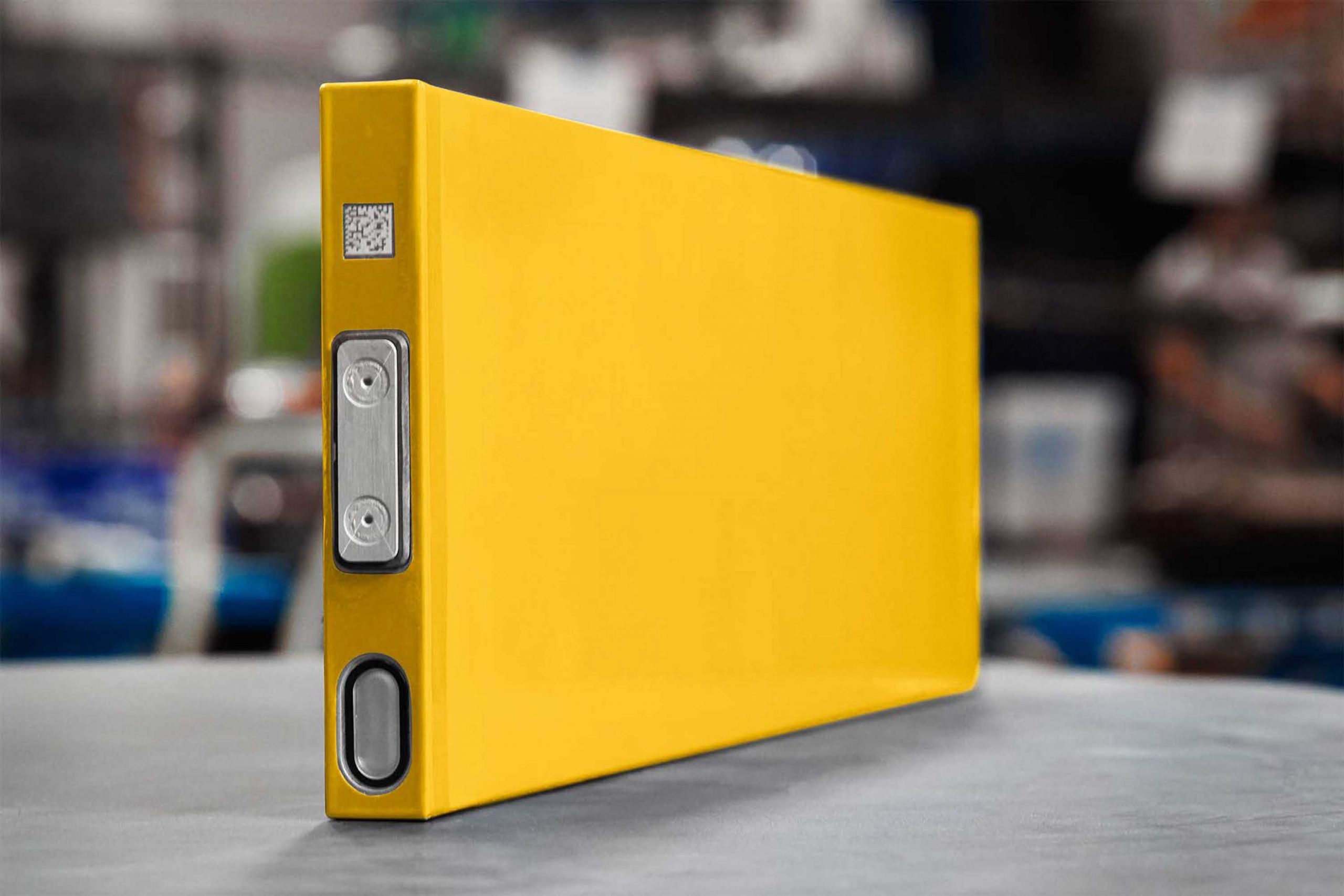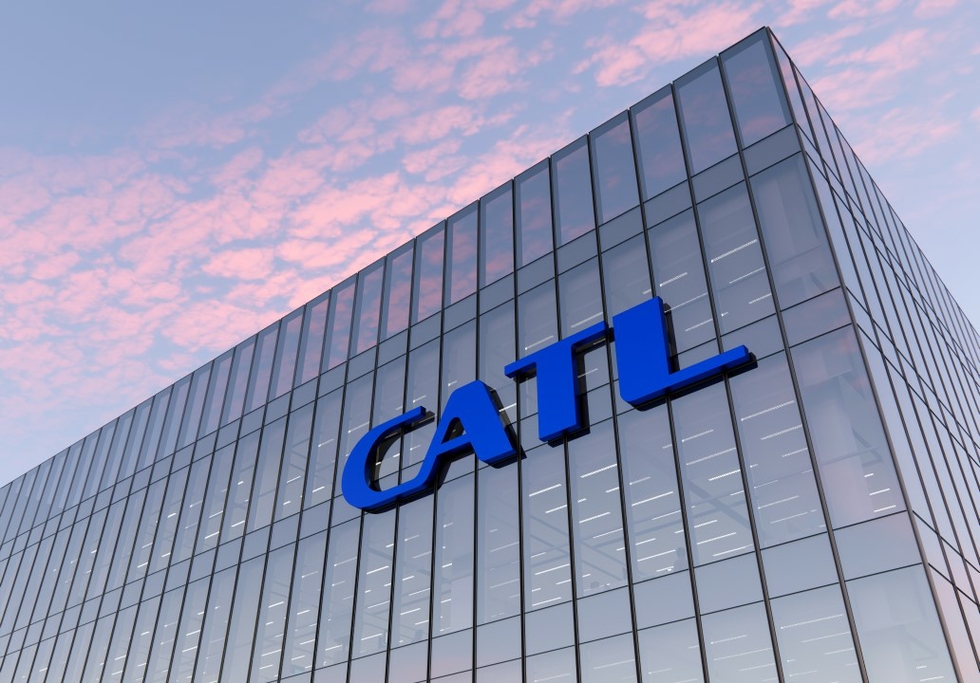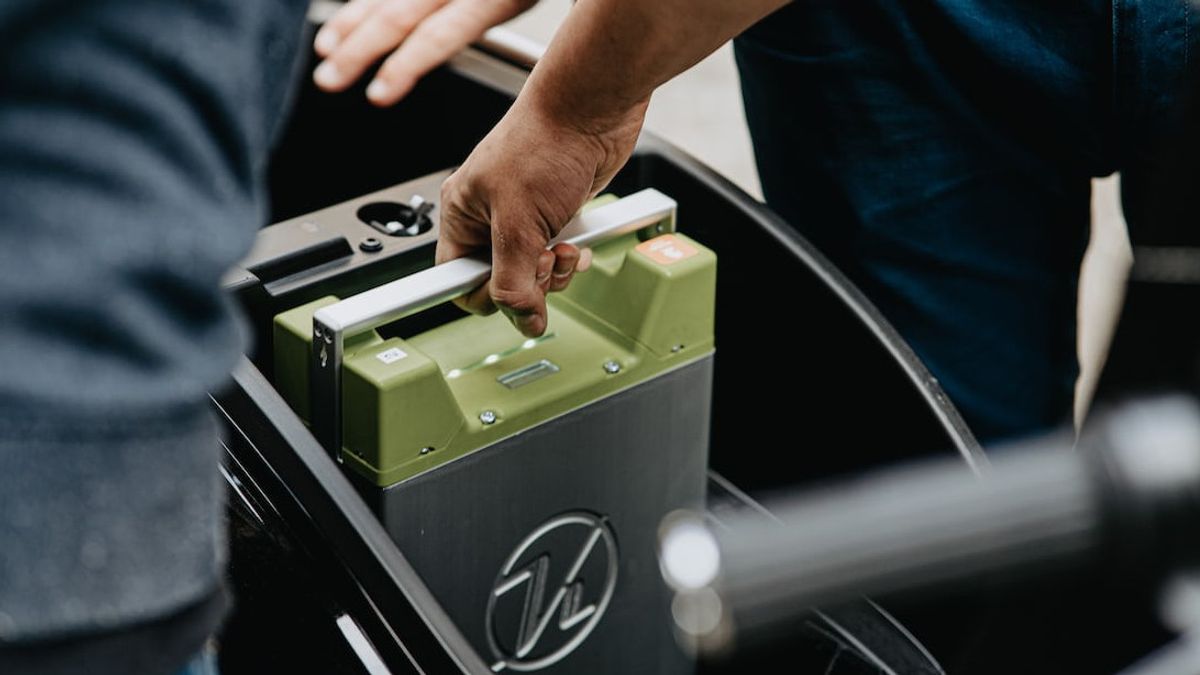Various efforts have been made by many parties to be able to get an electric car battery that is cheap but has great power so that the range is wider as well. In addition, it must also be able to be refilled quickly so that it is efficient.
Michigan-based startup Our Next Energy has now unveiled a new anode-free battery pack designed to cut cell costs by as much as 50%. Not only that, according to the company’s statement, Tuesday, September 13, this battery can provide a driving distance of up to 600 miles (965 km).
According to , founder and Chief Executive Officer Mujeeb Ijaz in an interview, the company also hopes to start producing its Gemini packages at its new 20 gigawatt-hour US manufacturing plant by 2026.
Other battery companies are developing anode-free designs, but the Gemini ONE battery seems unique in that it uses cells with two different cell chemistry. This includes one for everyday driving and a second one for extending the driving range on longer trips.
The secret recipe for this technology is in the large-format range-extender cell from Gemini. While standard cells use a lithium iron phosphate cathode and a relatively conventional graphite anode, the extender-range cells are anode-free, eliminating the use of graphite and anode manufacturing equipment.
According to Ijaz, the cathode is designed to use a unique mixture of lithium and manganese and a much lower percentage of nickel, while removing the cobalt.
“It has been my long-term aspiration to eliminate nickel and cobalt,” Ijaz said as quoted by The Verge. He hopes to reduce or even eliminate the two main cathode materials in most electric vehicle batteries today, which are more expensive and less sustainable than common materials like manganese.
While lithium-rich manganese nickel cathodes are still being refined, current versions of the range-extender cells use cathodes made of nickel, cobalt and manganese.
By removing the anodes in the cells, ONE says it can cut the cost of cells in mass production by $50 per kilowatt-hour. This amounts to a significant savings over current costs estimated at 100-110 US dollars per kWh.
“Our goal is to launch a Gemini battery by 2026 with zero cobalt and 26% nickel or less, using manganese as the main cathode material,” said Ijaz.
ONE Gemini, EV Prototype Battery delivered 750 mile range on a single charge on Tesla Model S







